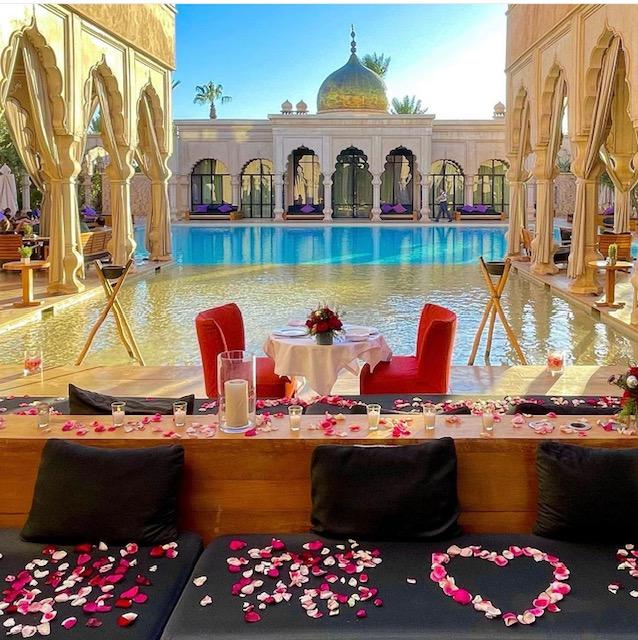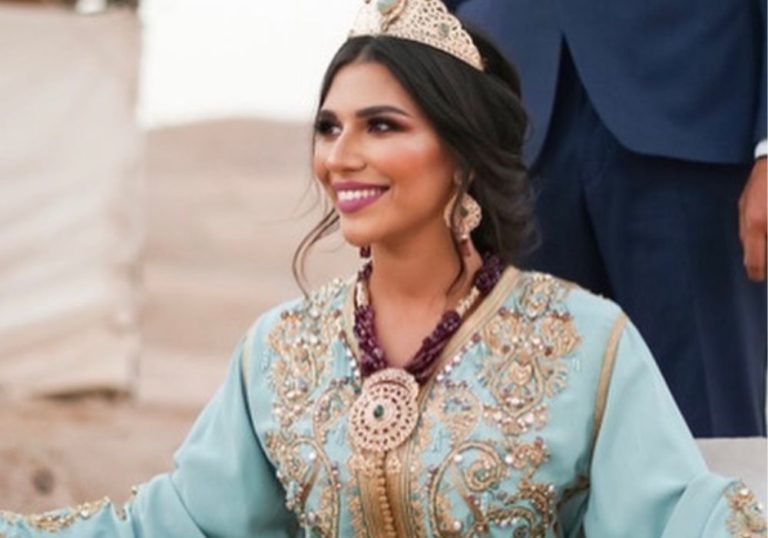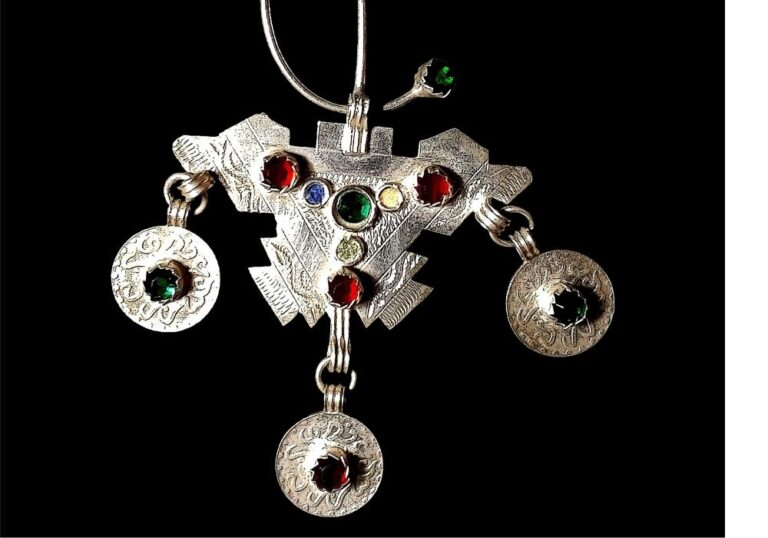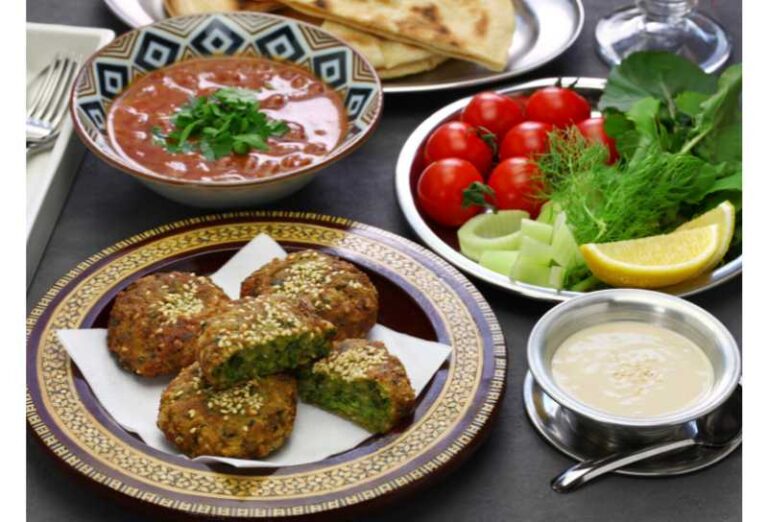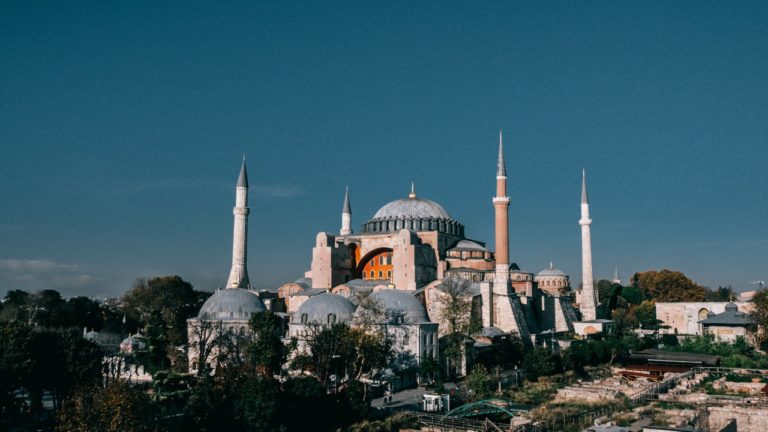Discovering Kuwait: An Oasis of Culture and Tradition
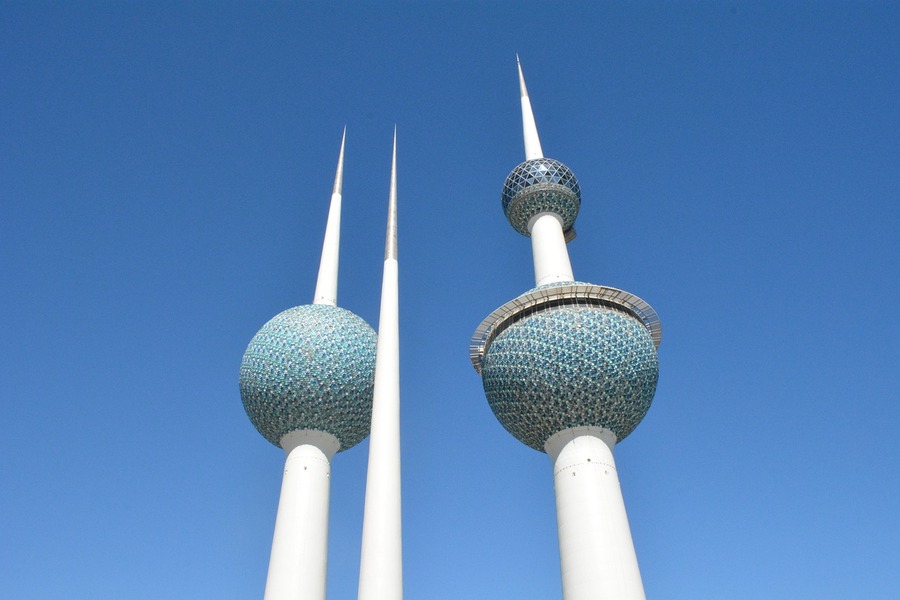
Sitting between Saudi Arabia and Iraq, Kuwait has an authentic charm to it that you’d be hard-pressed to find elsewhere in the Middle East.
Kuwait is equally rich in oil as its Gulf neighbors and its skyline equally audacious and experimental but the tiny state hasn’t embraced the glamour as passionately as one would expect.
Thanks to this authentically Arab feel, Kuwait remains an untouched oasis, full of culture, tradition and lively attractions.
Let’s take a deep dive into the country and its essence.
Kuwaiti Culture
The country takes great pride in its traditional values, strong family ties and rich culture which are based on Gulf practices around the Arabian Peninsula.
Of course, Islam has had long lasting effects on the region.
Despite the influx of Western culture and education, many Kuwaitis, both young and old, adhere to age old values and practices that place an emphasis on respect for elders, priority for family and immense respect for guests.
Often outspoken, Kuwaitis don’t hesitate to speak their mind and it is something that is encouraged.
Hospitality is a key aspect of Kuwaiti culture. They take pride in their sincere culture and go to great lengths to ensure guests are treated with warmth and respect.
In general, family elders are often prioritized in every way except when it comes to guests, who are given precedence.At the heart of Kuwait’s culture is the diwāniyyah.
This is a gathering of men and usually takes place in a special meeting place in the house or in a tent in the garden.
People gather here in the evenings to play games, smoke shisha, talk and enjoy light finger food and refreshments.
The traditional greeting is very crucial to the country’s culture. It’s a greeting where they shake hands and kiss each other on the cheeks.
Usually, it is the person who enters the room who greets first, regardless of the relationship, rank and status. Conversation includes chitchat about each other’s health, family and work.
Guests who visit a Kuwaiti’s house can expect to be served tea or Gahwa, a type of coffee mixed with cloves and cardamom. Sweets, dates and nuts are often served alongside.
Cuisine and Music
Kuwait’s cuisine is a wonderful mix of cuisines. It is common for guests to be often invited for lavish lunch or dinner spreads full of traditional flavors.
Kuwait’s cuisine is a beautiful fusion of Najdi, Mediterranean, Persian and Indian cuisines.
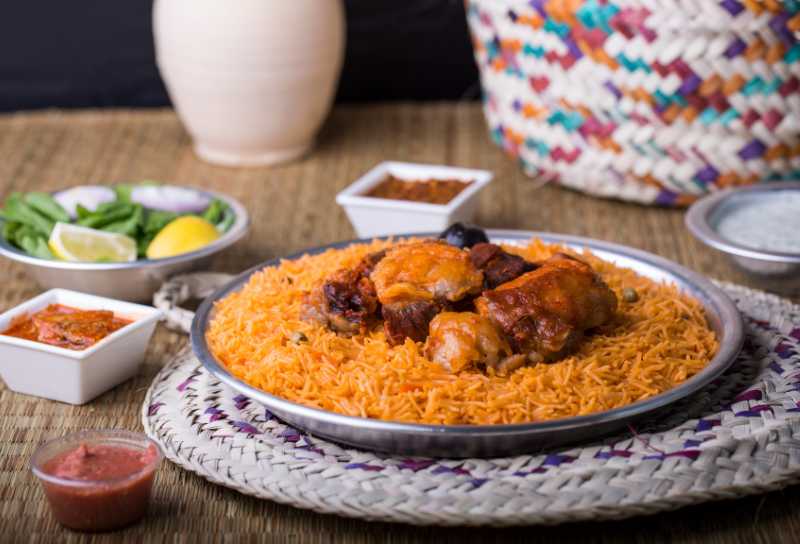
The country’s national dish is Machboos, a fragrant rice dish cooked in chicken or mutton broth and wrapped with slow cooked lamb, chicken or fish.
Other popular dishes include Mumawwash, Margoog, Harees, Jirish, Mutabbaq Samak, and Qouzi.
Sometimes, Khubz, a traditional flat bread baked in a specially created oven, is served alongside mahyawa fish sauce.
Generally served in huge dishes, guests then gather around and feast on the fish in the warm settings of the diwāniyyah.
A meal at a Kuwait house is completed on a sweet note, courtesy of Gaemat, Khabees, Zalabia, dates and other traditional sweets.
The experience isn’t all that different when you step out to the streets.
Western restaurants, both upscale and fast food restaurants, are aplenty around the country but dishes like hummus, falafel and fūl remain the go-to flavors.
The latter is a form of paste created out of fava beans, lemon and garlic while falafel is cooked with chickpeas and Arab spices before it is served with vegetables and khubz.
Hummus is a famous Levantine dish, often used as a dip for bread and vegetables.A unique aspect of Arab cuisine is that many dishes are best when prepared in large quantities.
This has led to a wonderful tradition where weekend meals have become a large, festive event that everyone is invited to.Music is another important cornerstone of Kuwait’s rich culture.
The country is known for its traditional music where clapping, mirwas drums and other simple percussion musical tools are paired with kaanaan. Kanoon and Oud.
Some other instruments you can expect to see being used include habban (a type of bagpipe), tanbarah (a string equipment), and rubabah.
While Western culture has made its way to Kuwait and is evident throughout the city, its clear that the people of Kuwait continue to take pride in their culture, values and traditions.
How do Kuwaitis Dress? Men often wear a thobe, an ankle length robe that is made of cotton. On special occasions, an outer cloak called the bisht is worn.
This robe is used for special events, official business meetings and for work.On grocery errands and such, women prefer wearing the traditional abaya with the body covered from head to toe.
Some women like covering their faces and using gloves on their hands too.
Others prefer stepping out in Western clothing. While the styling is often minimalistic, they are always up to date with the trends and wear the latest designs.
However, for family events, festive occasions and formal moments, traditional clothing like the thob, a long over-dress, is preferred and expected.
Bedouin women sometimes wear the burqa – this is a black, short veil that covers the wearer’s face.
In Kuwait, women who are modestly covered are highly valued, well-respected and considered to have a high sense of self-worth.
Suits are rarely worn among Kuwaitis unless it’s for an important business meeting. In the office, it is normal to see traditional wear or a long sleeved shirt paired with trousers

